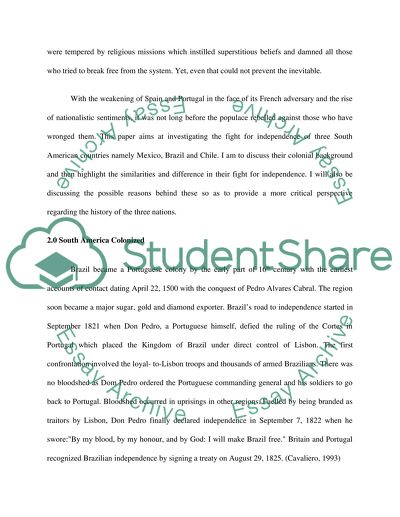Cite this document
(The Path to Independence: The Case for Mexico, Chile and Brazil Essay, n.d.)
The Path to Independence: The Case for Mexico, Chile and Brazil Essay. https://studentshare.org/history/1532041-latin-american-countries
The Path to Independence: The Case for Mexico, Chile and Brazil Essay. https://studentshare.org/history/1532041-latin-american-countries
(The Path to Independence: The Case for Mexico, Chile and Brazil Essay)
The Path to Independence: The Case for Mexico, Chile and Brazil Essay. https://studentshare.org/history/1532041-latin-american-countries.
The Path to Independence: The Case for Mexico, Chile and Brazil Essay. https://studentshare.org/history/1532041-latin-american-countries.
“The Path to Independence: The Case for Mexico, Chile and Brazil Essay”. https://studentshare.org/history/1532041-latin-american-countries.


